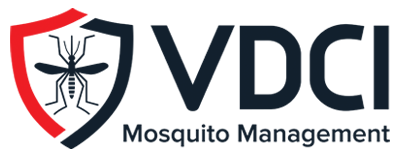Exploring Aerial Applications for Effective Mosquito Control
As one of the most widespread threats to the health and well-being of our communities, mosquitoes require careful monitoring and management to prevent the spread of West Nile virus, Yellow Fever, Zika, Eastern Equine Encephalitis, and other dangerous diseases. Insecticides, when applied by professionals, are a low-risk and often necessary tool in these efforts. When mosquito populations reach dangerous or unacceptable levels across an entire community or county, insecticides can be applied across targeted swaths of land by specialized aerial fleets. A key part of these missions is preserving the safety of residents and native wildlife by adopting tools and techniques that limit the deposition of pesticides and target mosquitoes during peak activity.
Residents rely on state and municipal leaders to make decisions that protect the quality of life in their communities. This extends to choosing the right mosquito management partner. Mosquito management companies with an emphasis on protecting public health, like VDCI, use an integrated mosquito management approach that ensures insecticides are used as safely and efficiently as possible. This means applying products only when and where they are needed, and taking great steps to prevent insecticide resistance – so mosquitoes remain susceptible to the lowest levels of product as possible.
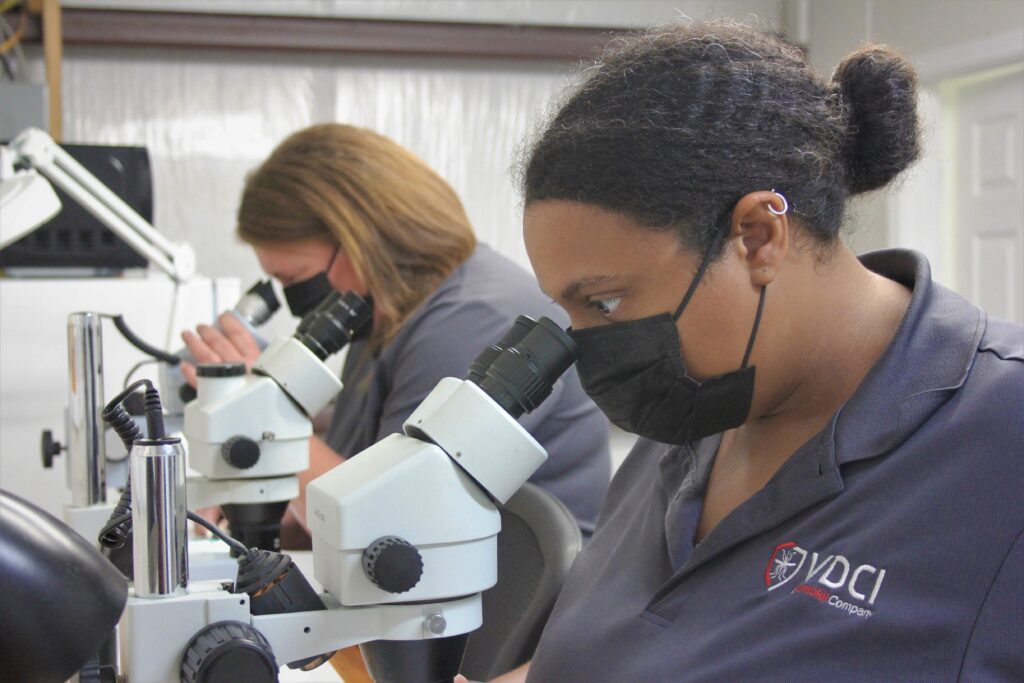
Conduct Mosquito Surveillance for More Accurate Management Decisions
Effective and safe mosquito management begins with surveillance and monitoring. From the start of mosquito season, experts closely monitor for population and disease surges using specialized traps, lab tests, and species identification techniques. This information can be used to create detailed maps of a region outlining potential areas of concern, mosquito activity patterns, and product recommendations. If predetermined disease or population thresholds are met, aircraft may be deployed to conduct aerial insecticide applications.
Executing Safe and Effective Aerial Mosquito Spraying
Timing is key for aerial mosquito spraying. Weather conditions can have a significant impact on the safety and effectiveness of a mission. For example, large gusts of wind can transport product to non-target areas. Temperature fluctuations can also require altitude adjustments to ensure optimal product dispersion. VDCI utilizes advanced meteorological software to determine the right window of time to act. Once airborne, integrated GPS tracking units, GIS systems, and an onboard meteorological probe allow pilots to spray precise areas while monitoring for environmental changes and tracking exact droplet size and product levels for maximum efficiency.
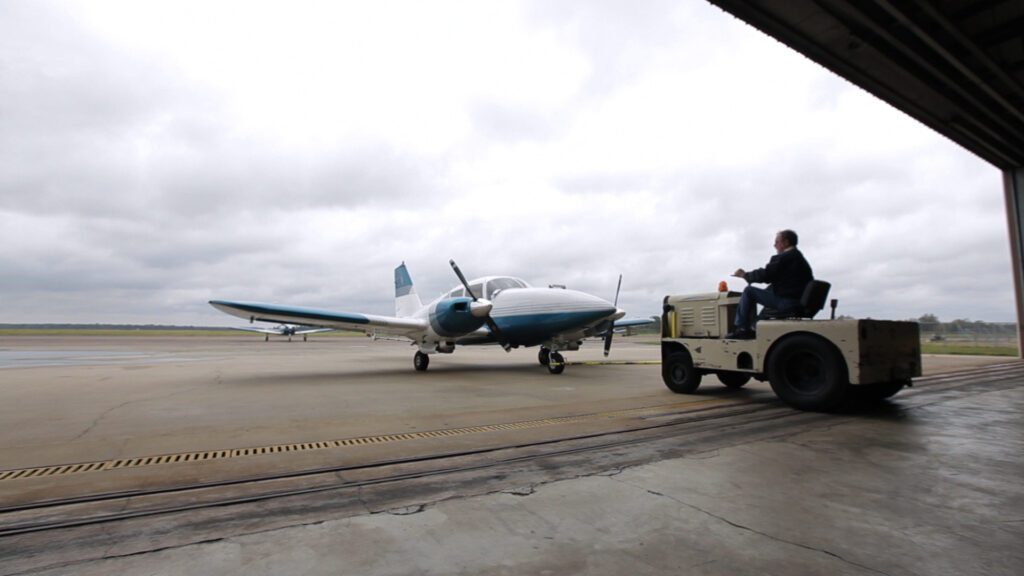
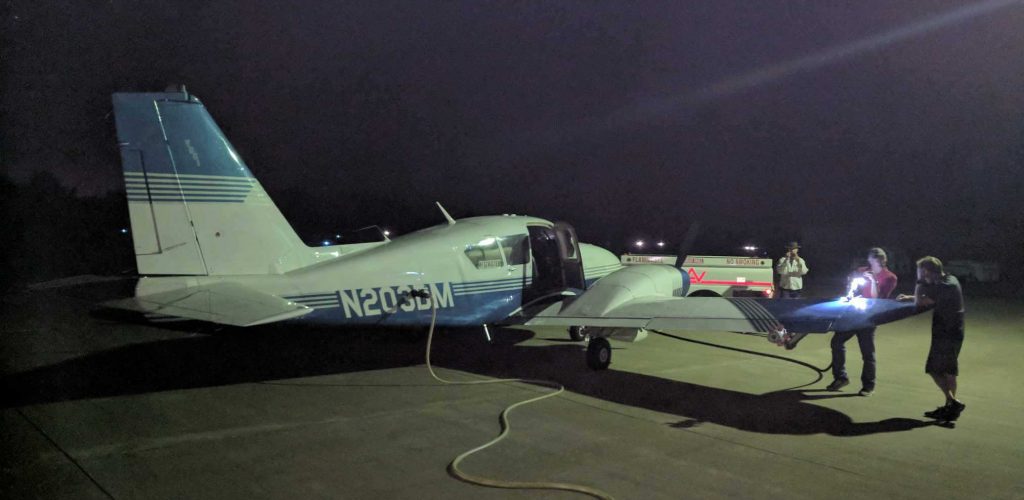
Insecticides are designed to target the unique physical or biological mechanisms in a mosquito without negatively impacting other species or humans. All insecticides used by VDCI are registered with the Environmental Protection Agency (EPA) and applied according to label guidelines to protect the well-being of the public and the environment. The EPA regulates not only the quantity of chemicals applied but also use frequency, droplet size and density to ensure the most effective treatment possible. prevention.
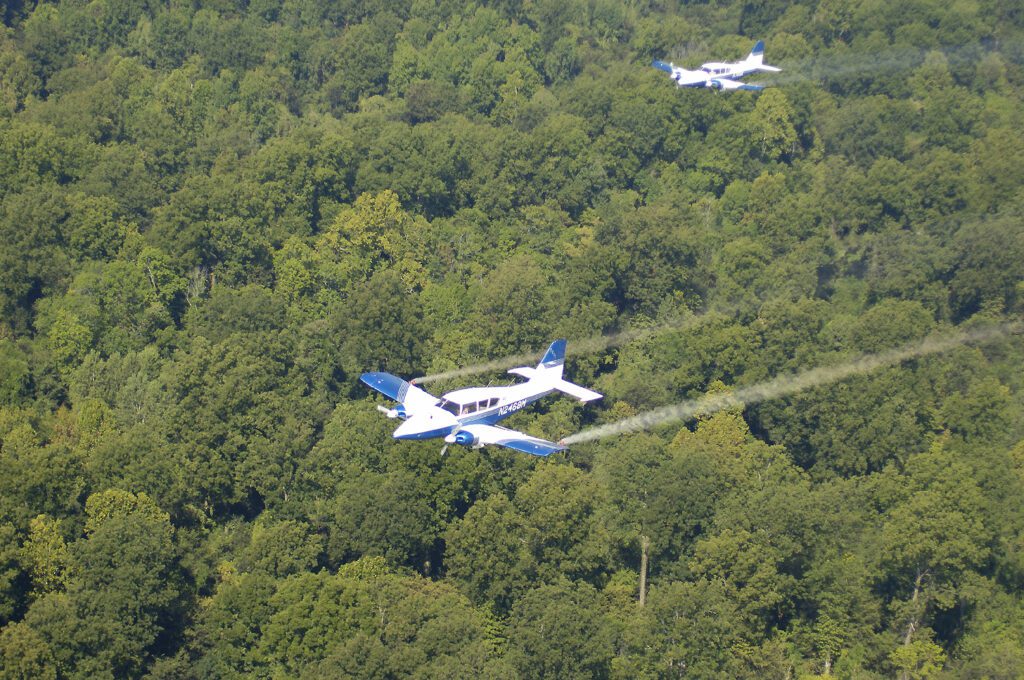
Capabilities of Aerial Mosquito Spraying
Each aircraft is capable of spraying more than 10,000 acres per load, or 50,000 acres during an overnight mission. All data is generated into a detailed report for stakeholders and the public. This is followed by post-flight monitoring to evaluate the effectiveness of the application and monitor for signs of insecticide resistance, and determine present threat levels. If needed, insecticide dosing may be adjusted or rotated out for a more effective product. Through accurate mapping and data reporting, mosquito management experts can maintain regulatory compliance, streamline permitting requirements, and keep stakeholders informed with real-time knowledge.
Training and regulatory compliance are integral to the safety of an aerial spraying mission. All VDCI pilots are licensed pesticide applicators and authorized through the Federal Aviation Administration (FAA) in maintenance procedures, airspace regulations, and coordination with aviation agencies. This is particularly important for missions in proximity to FAA-controlled airspace. Establishing a line of communication with local control towers safeguards pilots and prevents dangerous airspace congestion.
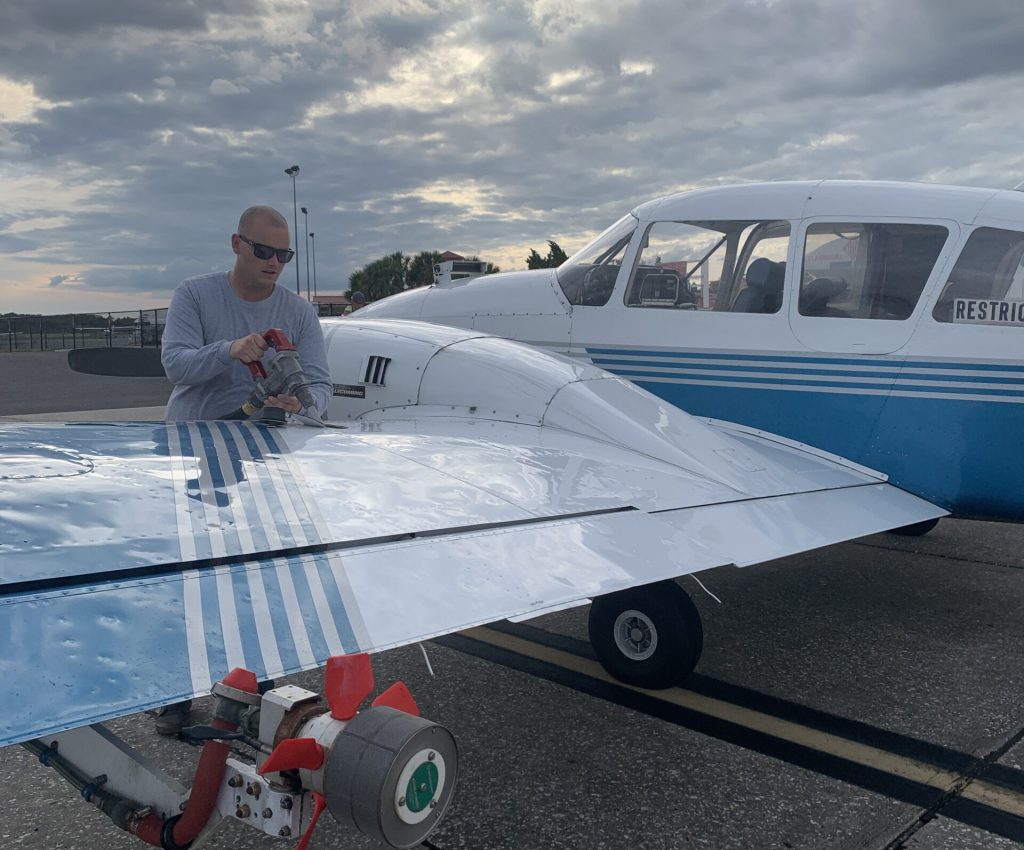
Communicate Aerial Mosquito Management Missions with Citizens
Communication is central to the safety and success of a mosquito control mission. In addition to communication with state authorities and municipal leaders, this includes ongoing contact with the public. Aerial missions, in particular, can get a lot of attention and lead to questions from residents who want to know, “are there aerial mosquito spraying dangers?” VDCI regularly partners with local organizations, including health departments, libraries, and schools to disseminate informative resources and updates to ease any concerns and to also educate residents about ways to stay safe and prevent the spread of mosquito-borne diseases.
Proactively Manage Mosquitoes with an IMM Program
While insecticides are a low-risk and reliable solution to eliminate adult mosquitoes, prevention is key. As part of an integrated mosquito management program, VDCI emphasises surveillance and disease testing as well as larval mosquito control (eliminating mosquitoes prior to them becoming adults). Citizens can also do their part to help fight the bite. Circulating or draining standing water found in bird baths, flower planters, water gardens, buckets, and other outdoor containers will help limit breeding habitats. The public can support professional monitoring and surveillance initiatives in their community by reporting signs of mosquito activity in their local jurisdiction and allowing traps to be set near their properties for data collection.

Everyone deserves to feel at ease when spending time outdoors. VDCI prioritizes protecting people and the environment by maximizing the impact of adulticide products on dangerous mosquito populations. Whether by ground or by air, we ensure proper calibration and maintenance for effective mosquito management. Our expertise in aerial application is an asset for government and private entities, and includes any level of support for in-house mosquito efforts or stand-alone management programs.
Contact Us to Learn More About Effective Mosquito Prevention Strategies:
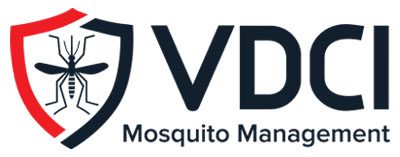 Since 1992, Vector Disease Control International (VDCI) has taken pride in providing municipalities, mosquito abatement districts, industrial sites, planned communities, homeowners associations, and golf courses with the tools they need to run effective mosquito control programs. We are determined to protect the public health of the communities in which we operate. Our mosquito control professionals have over 100 years of combined experience in the field of public health, specifically vector disease control. We strive to provide the most effective and scientifically sound mosquito surveillance and control programs possible based on an Integrated Mosquito Management approach recommended by the American Mosquito Control Association (AMCA) and Centers for Disease Control and Prevention (CDC). VDCI is the only company in the country that can manage all aspects of an integrated mosquito management program, from surveillance to disease testing to aerial application in emergency situations.
Since 1992, Vector Disease Control International (VDCI) has taken pride in providing municipalities, mosquito abatement districts, industrial sites, planned communities, homeowners associations, and golf courses with the tools they need to run effective mosquito control programs. We are determined to protect the public health of the communities in which we operate. Our mosquito control professionals have over 100 years of combined experience in the field of public health, specifically vector disease control. We strive to provide the most effective and scientifically sound mosquito surveillance and control programs possible based on an Integrated Mosquito Management approach recommended by the American Mosquito Control Association (AMCA) and Centers for Disease Control and Prevention (CDC). VDCI is the only company in the country that can manage all aspects of an integrated mosquito management program, from surveillance to disease testing to aerial application in emergency situations.
